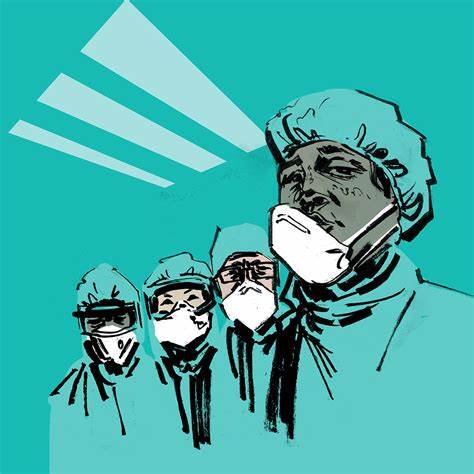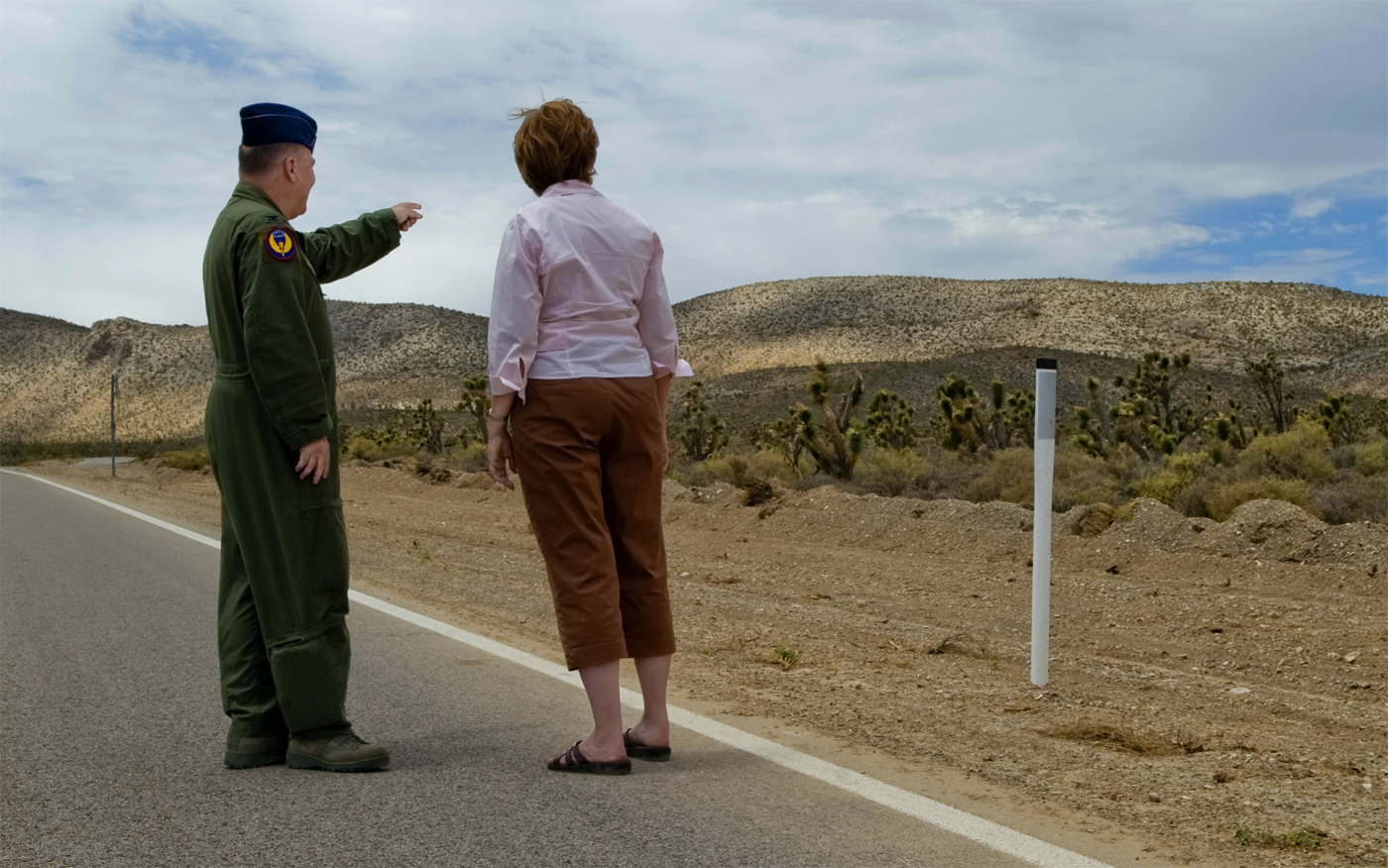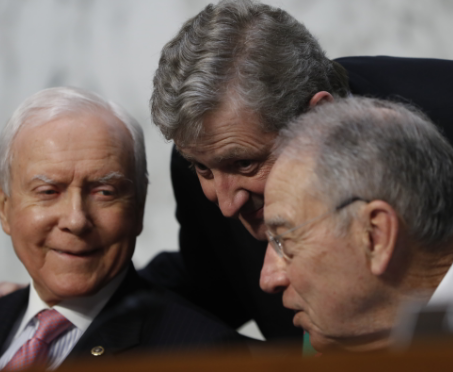Boston Marathon explosions: initial thoughts
As I write, it’s less than 24 hours since two bombs exploded near the finish line of the Boston Marathon, the oldest marathon in the country and one of the nation’s greatest amateur sporting events. Many reporters and others are reminding us that early reports in the aftermath of violence are often wrong. That was the case following the Newtown, Connecticut school shootings. Even such prestigious news outlets as The New York Times made mistakes in the first hours.
And the same thing seems to have happened here. Initial reports said investigators had found two unexploded bombs after the blasts. But that was later retracted, and a confusing AP story was distributed that reported at the top that no unexploded bombs had been found, and lower down that two had been found. Writethru, please?
Last night, about seven hours after the explosions, a counter-terrorism expert said he knew who was responsible. “At the moment it looks more likely that it was a right-wing terrorist incident, rather than an al Qaeda attack because of the size of the devices,” said Richard Barrett, the former United Nations coordinator for the al-Qaeda and Taliban monitoring team, and now senior director at the Qatar International Academy for Security Studies (QIASS).
He might be correct, but his comments–and the framing of the story–should have much more carefully reflected the uncertainty.
Nicholas Thompson of The New Yorker put up a nice post about the romance of the Boston Marathon–the remote starting line, the punishing Newton hills, the finish in downtown, and the swan boats in the Public Garden. He has run it twice. It’s a nice piece, but I think he erred in wrapping it up with speculation:
When we find out who did this, we may well find some fascination with the event—perhaps a foreign terrorist, or a sick American. Perhaps it was someone who spotted a terribly easy target. Or perhaps it was someone who saw a reflection of the human spirit and decided just to try to shatter it.
Or perhaps it was something else altogether. Saying that it could have been someone who wanted to shatter the human spirit sets us up for a comforting rejoinder: We will not let anyone shatter our spirit! Until we know who did this and why, that’s false comfort.
There is much room here for science, medical, and technology journalists to contribute to the coverage. While the network correspondents scramble to find eyewitnesses they can interview on the street, reporters with expertise can begin to sort this story out, and they can be ready to interpret and analyze things for us when the investigation give us something to interpret and analyze.
Scientific American has jumped on the story, using the expertise of its reporters and bloggers to look at the technology of explosive devices, to track and assess the social-media response, and to report on the behavior of the crowd after the blasts. These are the kinds of stories that science writers and other specialists should be doing as we await more details. They are far more valuable than television interviews with bystanders who were near the explosions or saw somebody who was hurt.
This article was originally published on Boston Marathon explosions: initial thoughts

















